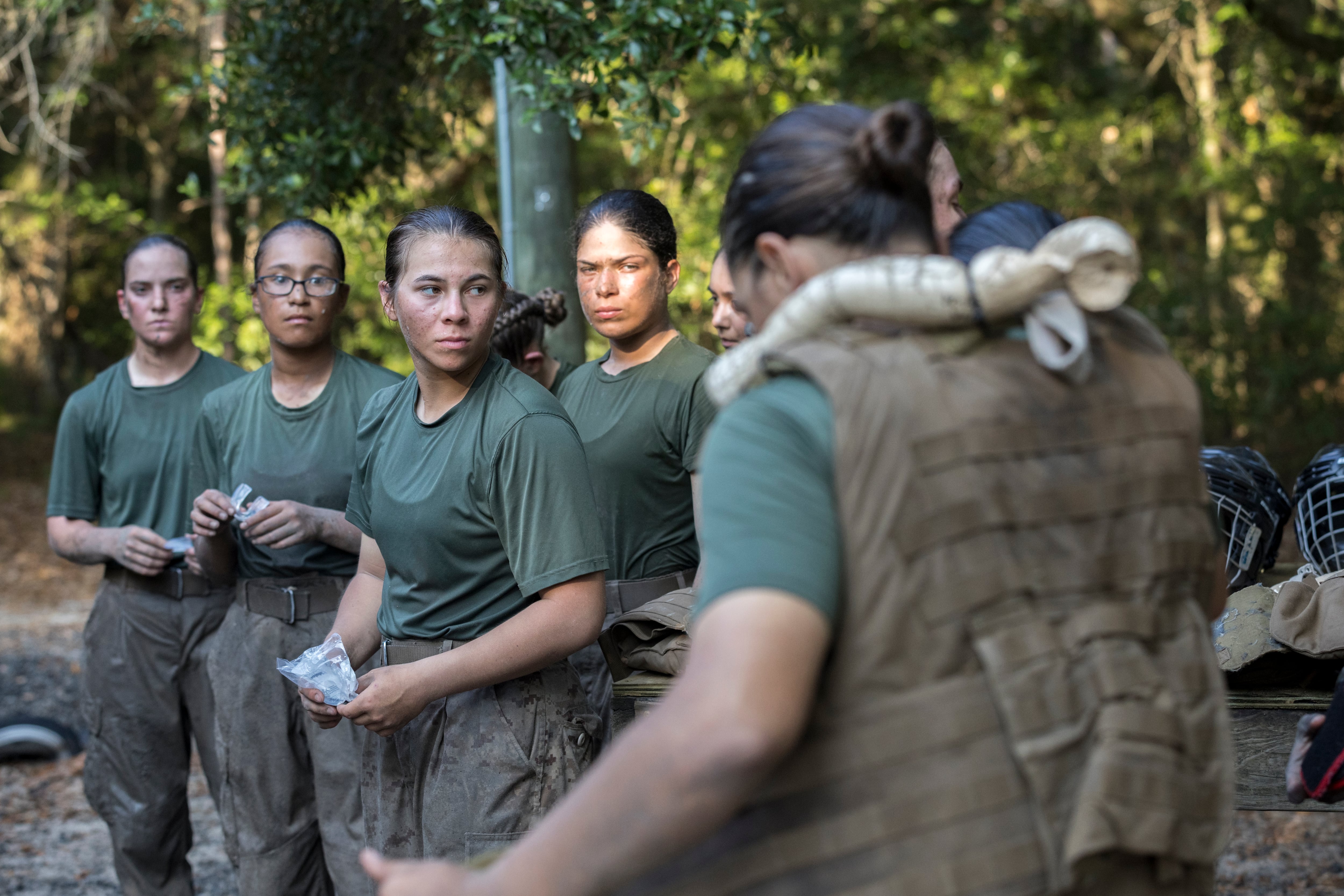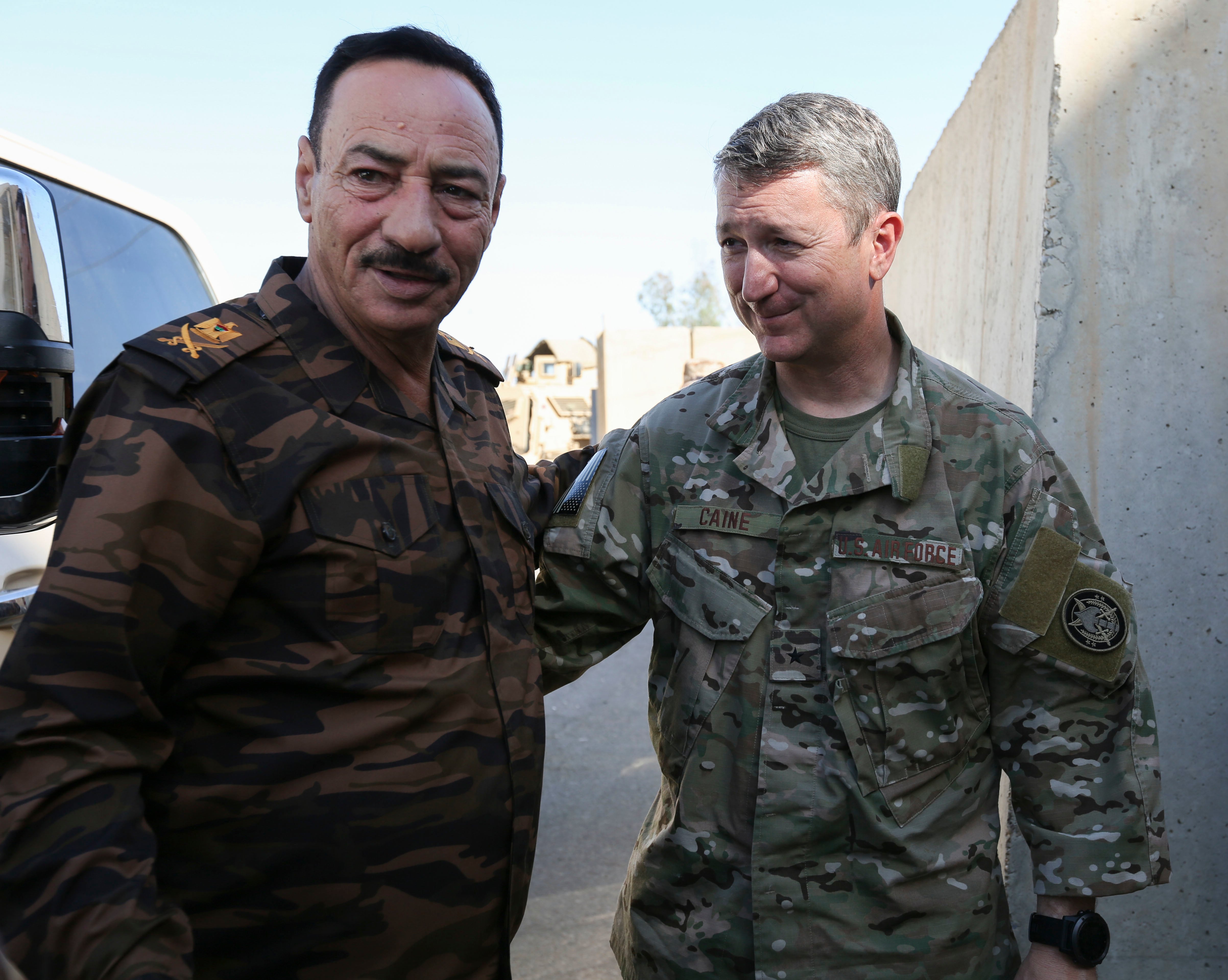Airmen and F-16s with the 421st Fighter Squadron from Hill Air Force Base, Utah, have arrived in Afghanistan to make sure the Taliban have nowhere to hide, day or night.
Known as the "Black Widows," the squadron traces its heritage to World War II. In June 1944, it received the P-61 "Black Widow," the first U.S. aircraft designed as a night fighter, according to the squadron's fact sheet.
Nowadays, the unit flies night-capable F16CMs, equipped with night vision goggles, the High-speed Anti-Radiation Missile targeting system and the Advanced Targeting Pod, all of which allow pilots to put bombs on target at night or any other time, a U.S. Air Forces Central Command news release says.
"It deploys worldwide to conduct Day and Night air superiority, precision strike, and Forward Air Controller sorties employing laser-guided and inertially-aided munitions during contingencies and combat," the news release says.
The squadron arrived at Bagram Airfield on Oct. 28 for a six-month deployment, replacing airmen and F-16s with the 555th Expeditionary Fighter Squadron from Aviano Air Base, Italy, the news release says.
"We are incredibly excited to be here," Lt. Col. Michael Meyer, 421st Expeditionary Fighter Squadron commander, said in the news release. "This is what we train for. We are here to support the ground commander's intent, wherever and whenever they ask, save lives on the ground and help transition Afghanistan to a stable and self-sufficient government."
This is the 15th time the squadron's F-16s have deployed to the U.S. Central Command theater of responsibility since the 1990s — and the last time the Black Widows will send F-16s downrange before the 388th Fighter Wing begins transitioning to the F-35A Lightning II, Meyer said in the news release.
The Air Force hopes that the F-35 will be fully operational in 2021.



